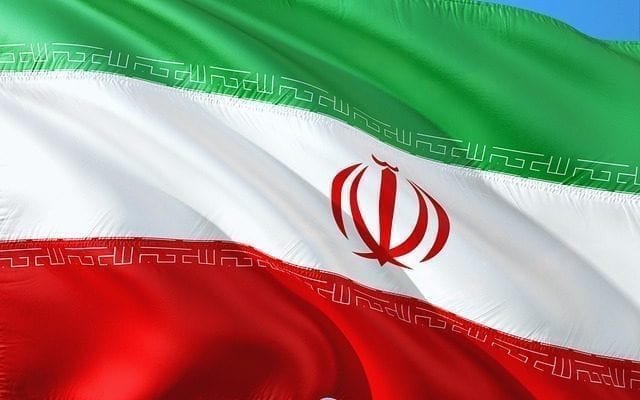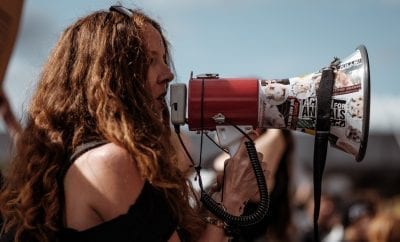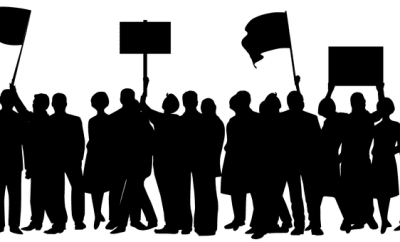
News
The significance of the Iranian protests
In the largest public display of protest in Iran since 2009, more than 500 people have been arrested, and 21 deaths have reported. With restricted access to social media and the internet, the Iranian government has kept a tight grip around the protests. Due to a number of reasons, the people of Iran are publicly challenging the rule of Supreme Leader Ayatollah Ali Knamenei, in hopes of a better life.
These protests began on the 28th of December, with protesters frustrated at the stagnant Iranian economy, as well as the highly prevalent corruption festering in its government. After the removal of severe sanctions placed upon them due to the nations nuclear program, Iranians expected their way of life to greatly improve. Unfortunately, it has only deteriorated, with food and fuel prices spiraling out of control. After the sanctions imposed on Iran by members of the United Nations Security Council were removed, many Iranian companies in the financial, energy, and transportation sectors were never removed from the blacklists. These blacklists were included in the sanctions, and barred U.N. members from participating in business with these companies. Paired with poor economic management and corruption, these parameters have caused rampant unemployment and high inflation.
While these issues may have been the final straw of the Iranian people, other factors have contributed to widespread unrest and disenchantment with the government. There has been years of political, social, and economic outrage among the people. Reza Marashi, a research director for the National Iranian American Council, told CNN, “The government has an opportunity and a responsibility to address legitimate grievances that are being expressed”. The people have lost trust in the leadership of the country, with corruption and increasing inequality ripping about the social construct of the country, and contributing to mass injustice among its people.
In addition, the woman of Iran have been fighting for decades for equal rights in a country that is highly oppressive to them. The protests have seen a huge mobilization of women who are also protesting to secure these rights. Karim Sadjadpour, a senior fellow at the Carnegie Endowment for International Peace, stated, “Women in Iran are highly educated. They are involved in the workforce, arguably more so than any other country in the Middle East, and they are continually suppressed. This is part of their fight to gain their freedom and their rights,” The International Monetary Fund has said that woman in Iran make up an untapped source of growth and productivity, but cultural and social oppression are obstacles stopping them from seizing opportunity.
The Iranian government controls the media, and does not allow freedom of speech, so protesters are resorting to other means in order to get this story out. With a clamp down on the media, virtual private networks, or VPN’s, are being used by the people to send updates anonymously. Press access is extremely limited, so the facts we hear about the protests are difficult to verify. Even so, the people of Iran continue to express their distrust with the government,in hopes of living in a better and brighter world for themselves and their families to come.




0 comments